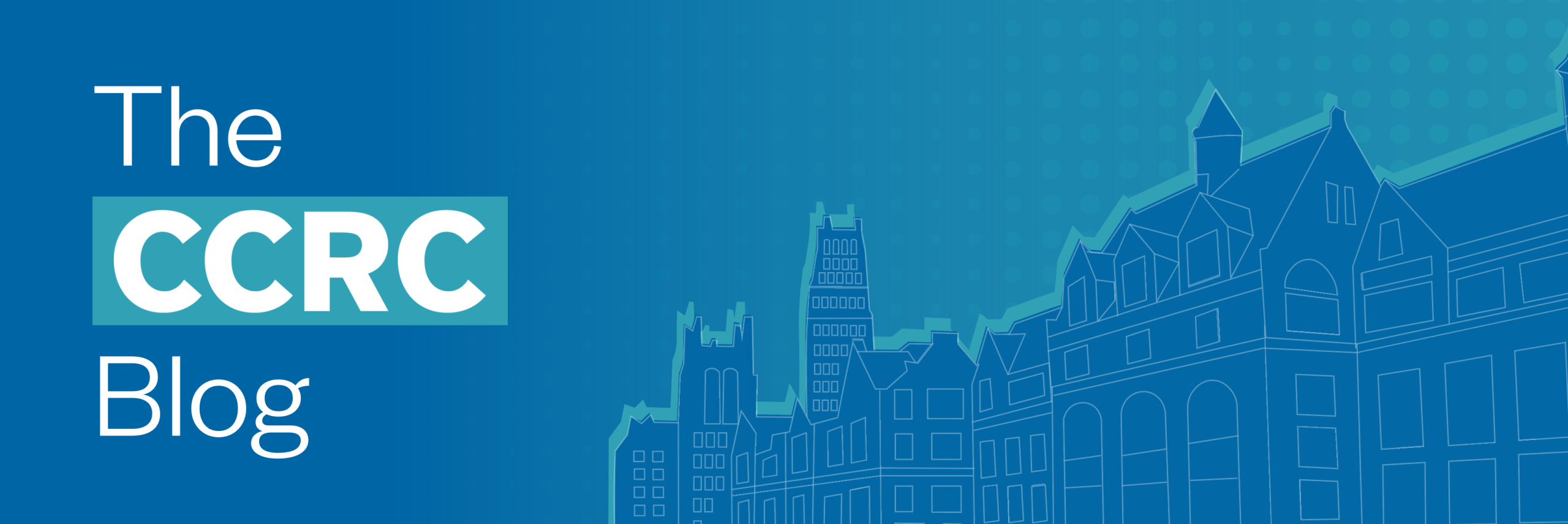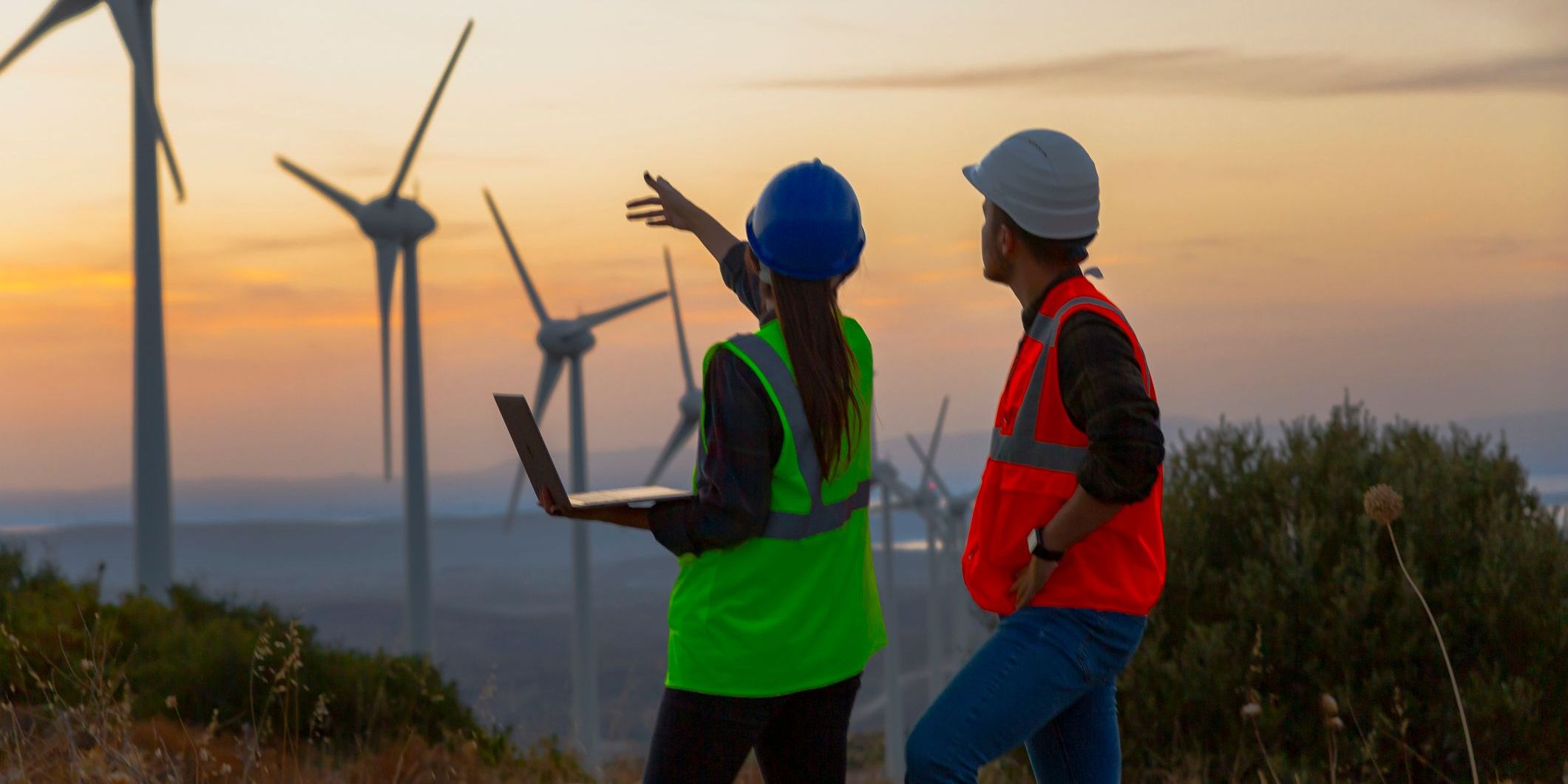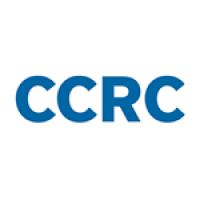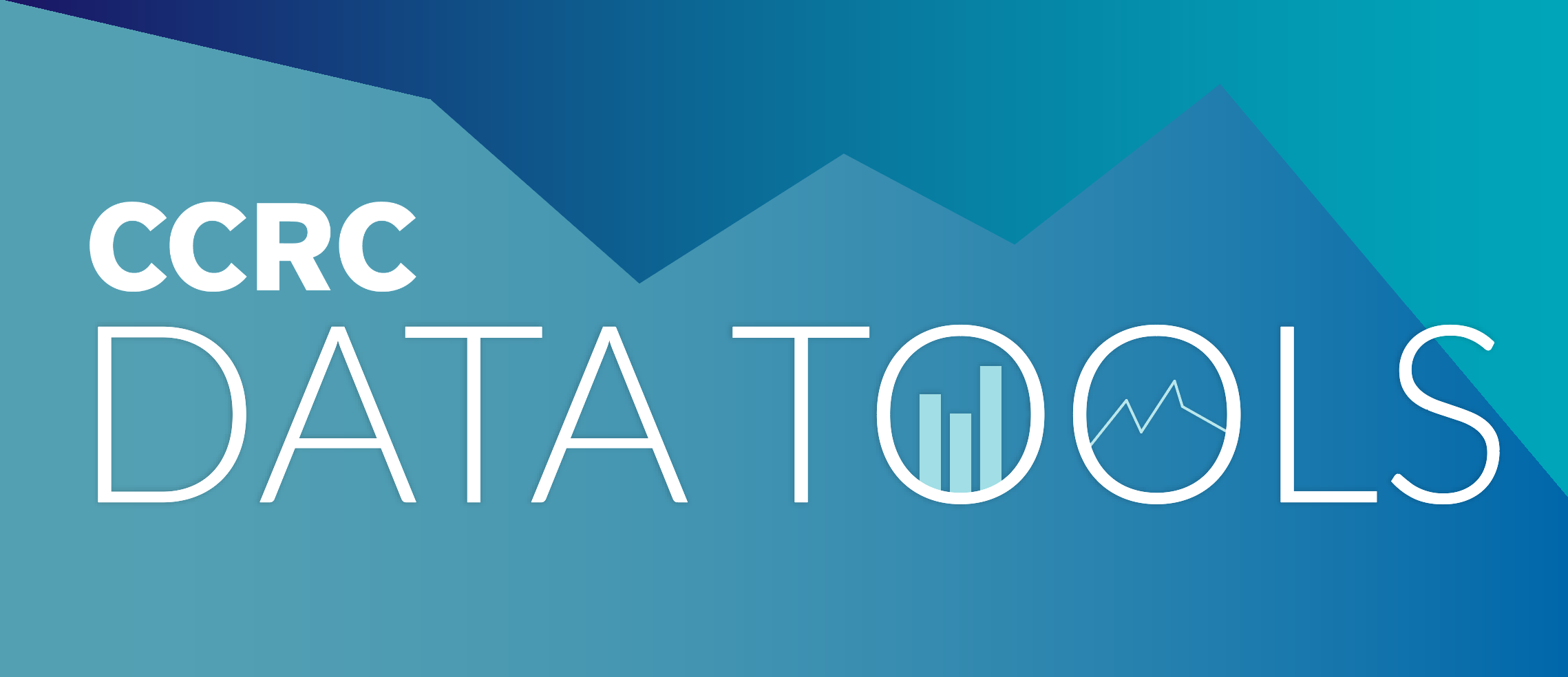By Maggie P. Fay and Susan Bickerstaff
To help community colleges retool their workforce programs to adapt to changes in the energy sector, it’s important to know what the nation’s nearly 1,000 community colleges are already doing. In October 2024, CCRC and the University of Tennessee, Knoxville, started a one-year landscape study to understand community college students’ completion of educational pathways in fields of study linked to green occupations.
The project launches an exciting collaboration between CCRC and the National Renewable Energy Laboratory (NREL), one of 17 national laboratories of the Department of Energy, which is a funder and partner of the landscape study. To learn more about how this partnership will benefit CCRC and NREL, we spoke with Allison Moe, a research project manager at NREL, about the organization, her interest in connecting with community and technical colleges, and the potential impacts of the study for colleges.
NREL’s vison is not only to expand the use of renewable energy but also to promote energy sustainability by creating more energy-efficient buildings and manufacturing processes. Moe, who works at the NREL campus in Golden, Colorado, engages with a variety of stakeholders to think through how policies and investments to increase building efficiency will impact workers.
Historically, NREL has partnered primarily with four-year colleges and universities and focused on students pursuing advanced degrees who become researchers. However, over the last decade, NREL has been shifting its strategy to focus also on bridging the divide between research and the adoption of alternative energy products and practices. Moe sees engaging community and technical colleges as an important part of this shift.
This new focus drew her attention to CCRC’s work on green jobs. Moe attended CCRC’s Building a Sustainable Future Symposium, held as a preconference at the American Association of Community Colleges in April 2024. The symposium brought together community and technical college practitioners and representatives of federal agencies, national intermediary organizations, and philanthropies to build cross-sector dialogue around the role of community and technical colleges in building resilience to the effects of climate change, particularly by preparing students for jobs in the green economy.
“It was really valuable to talk to people at the community college level and understand their perspective on this,” Moe said.
Analysts predict that the vast majority of jobs that are projected to emerge as communities transition to renewable energy won’t require a bachelor’s degree. However, Moe cautioned that there may not be enough market demand to justify the creation of entirely new standalone programs. Instead, there are many opportunities for community and technical colleges to incorporate competencies and skills into existing programs. For Moe’s NREL portfolio, this could mean building efficiency principles into existing programs in construction management and building trades.
“Those workers are going to be able to deliver better products to their customers when they get out into the field. And that can help make sure that the buildings that we are building and repairing and upgrading in this country are more efficient—more energy efficient, saving money—but they’re also safer and healthier.”
To further its work, NREL needs to understand where and how workers are being trained to support energy production and efficiency. The data visualization tool that will result from CCRC’s landscape study will help stakeholders at NREL, as well as those concerned with clean-energy infrastructure and workforce development at the state and local level, to see where training is happening locally and how well it matches up with local energy investments and plans.
“I think a map-based interactive tool from CCRC’s landscape project is going to be really helpful for these community stakeholders to help them facilitate communication with the schools that are already training and educating many of those building-sector workers,” Moe said.
Moe said the partnership with CCRC will allow her to build stronger lines of communication with community and technical colleges to ensure that they understand emerging energy technologies and can help students develop the skills they’ll need in the labor market. To that end, NREL is hosting a Clean Energy Education Summit for community and technical colleges on its campus in Colorado in fall 2025. One of the goals of this convening is to learn about the challenges that community and technical colleges face in expanding programming related to energy efficiency and construction and to understand how NREL can help them address those challenges.
“We have student internship programs; we have visiting faculty programs that, again, historically, have focused on either the K-12 world or the four-year college and beyond world,” Moe said. “So, how can we adapt those offerings to be useful to community college students and community college faculty, to be valuable to them and their own growth, and, of course, to the students’ careers?”





